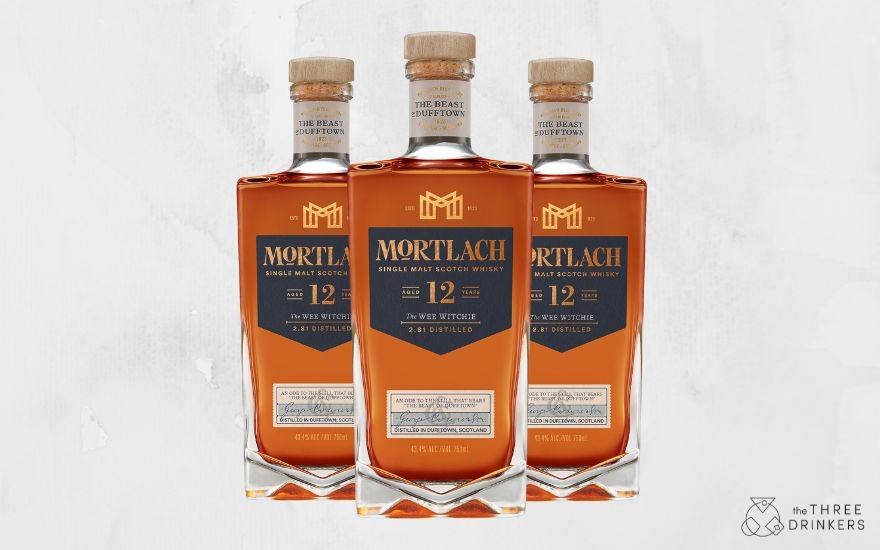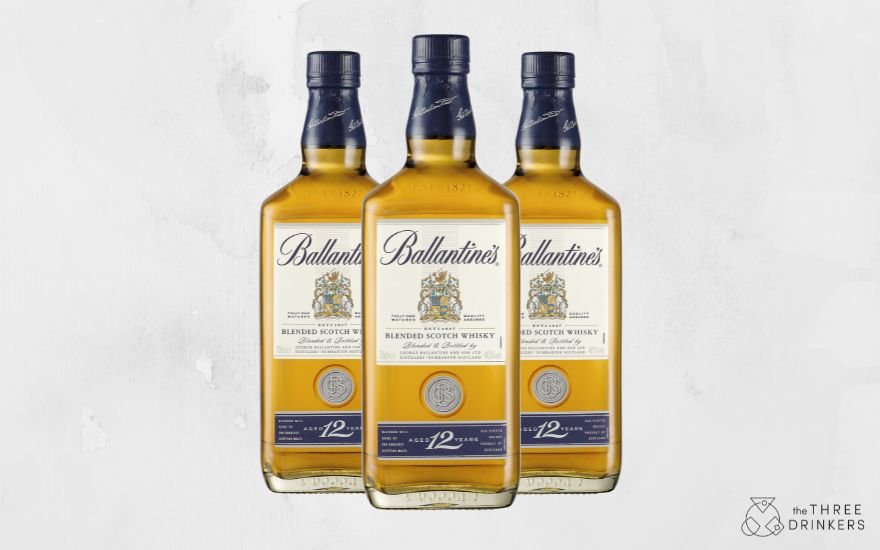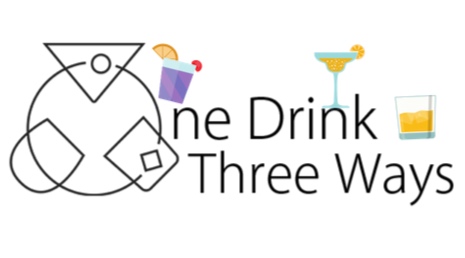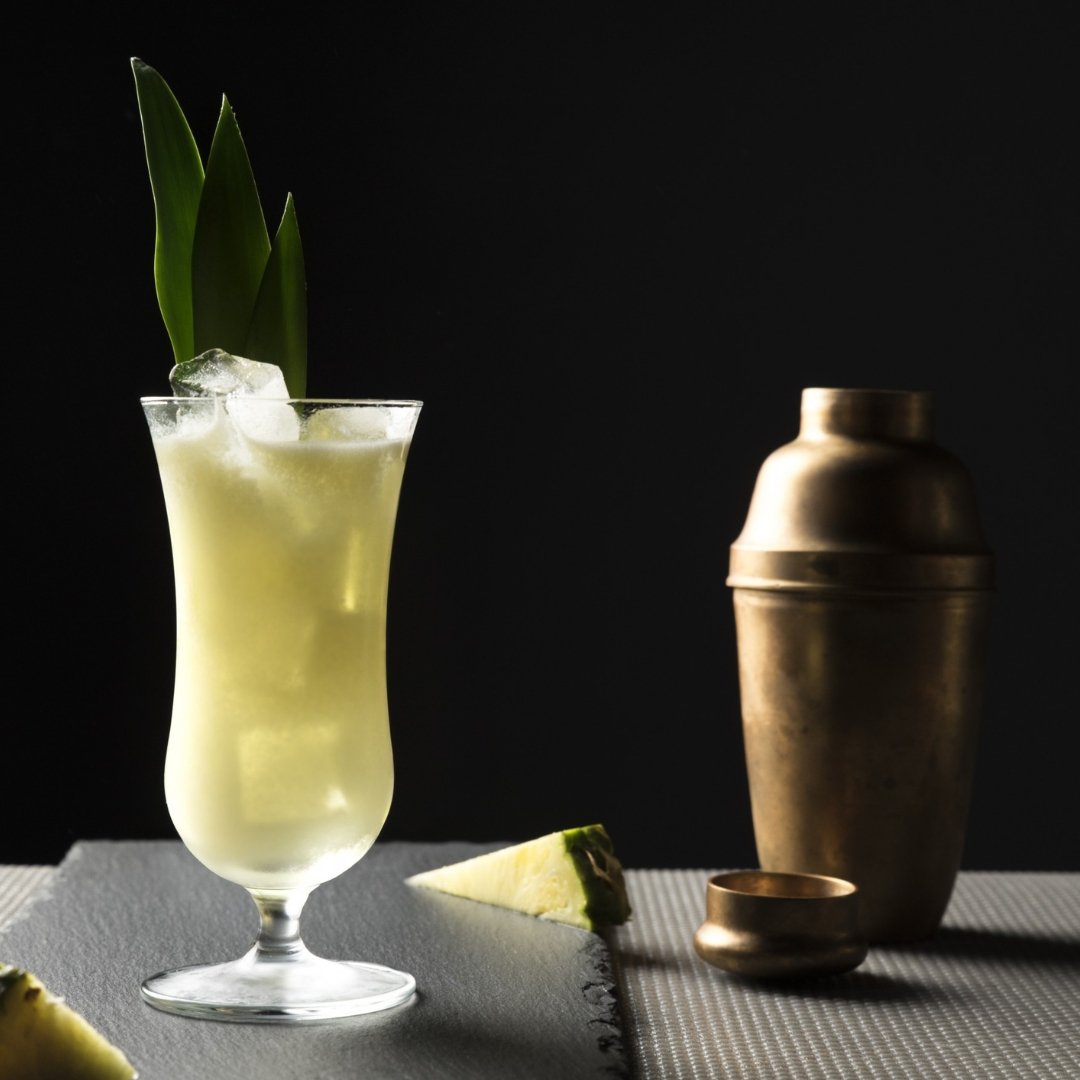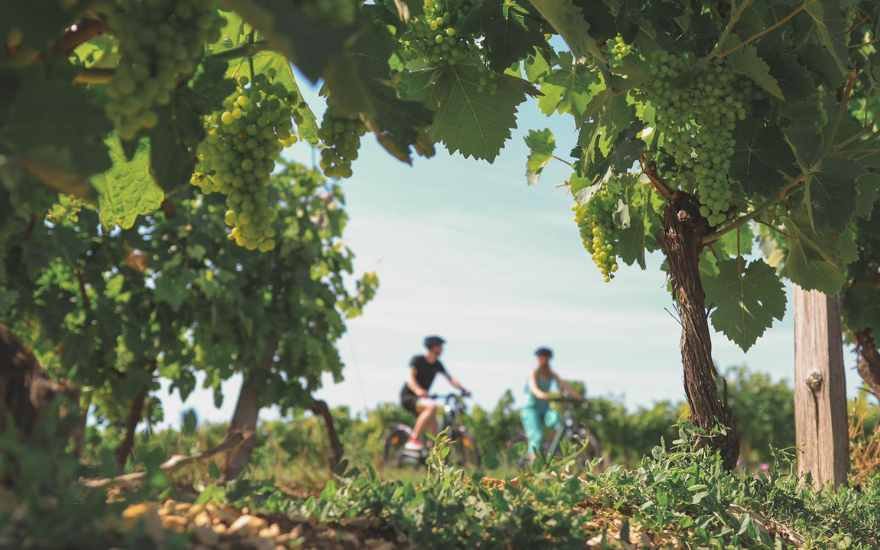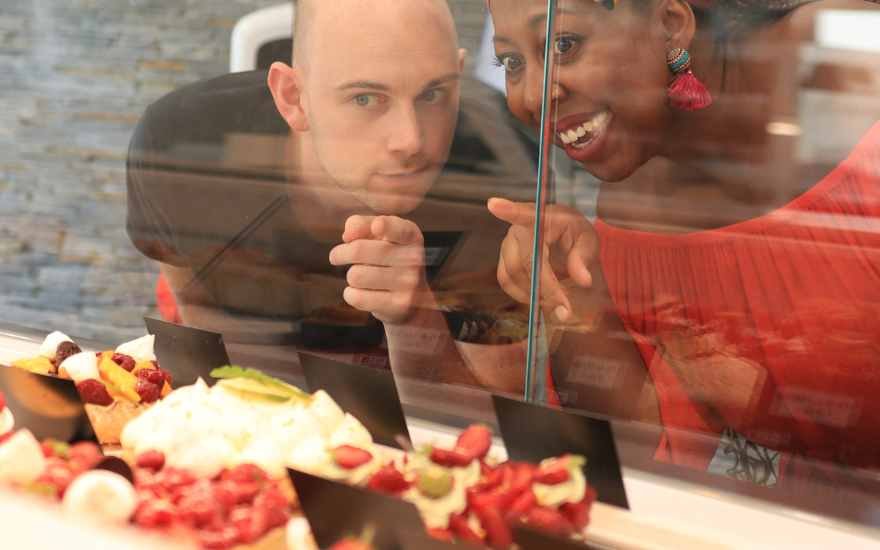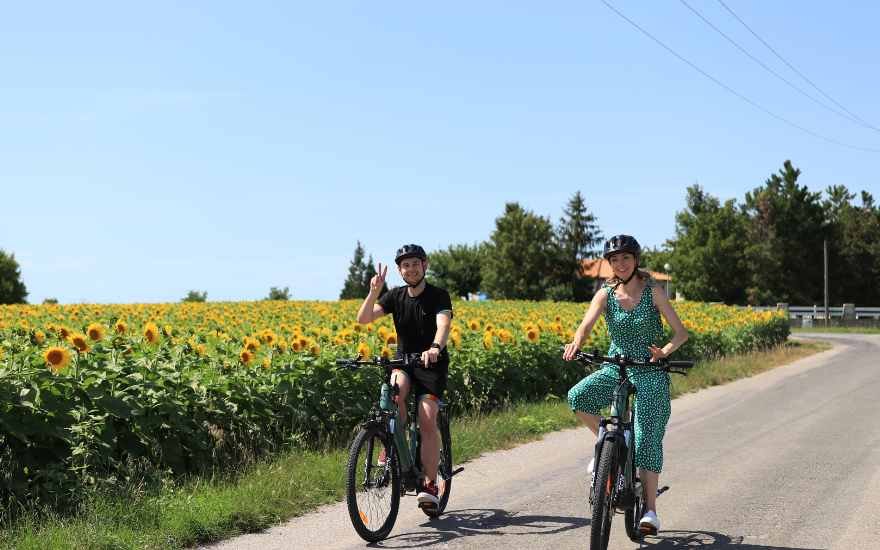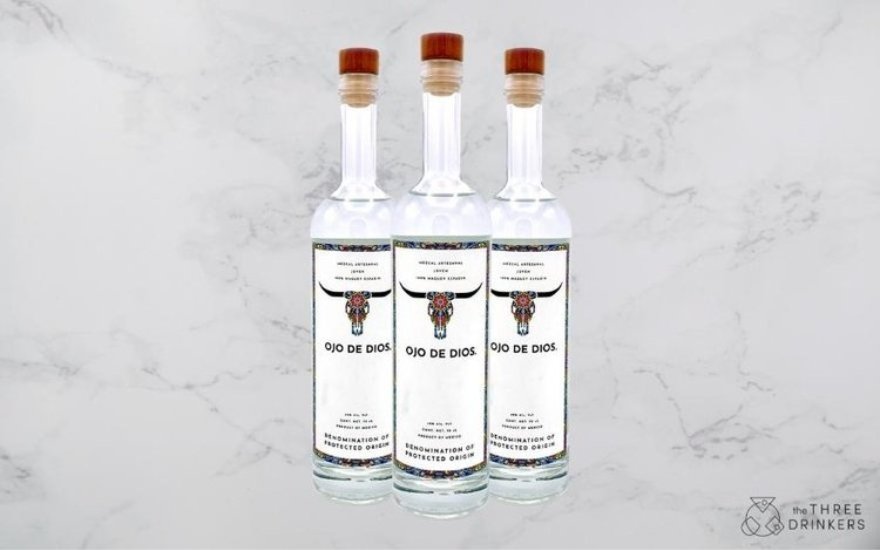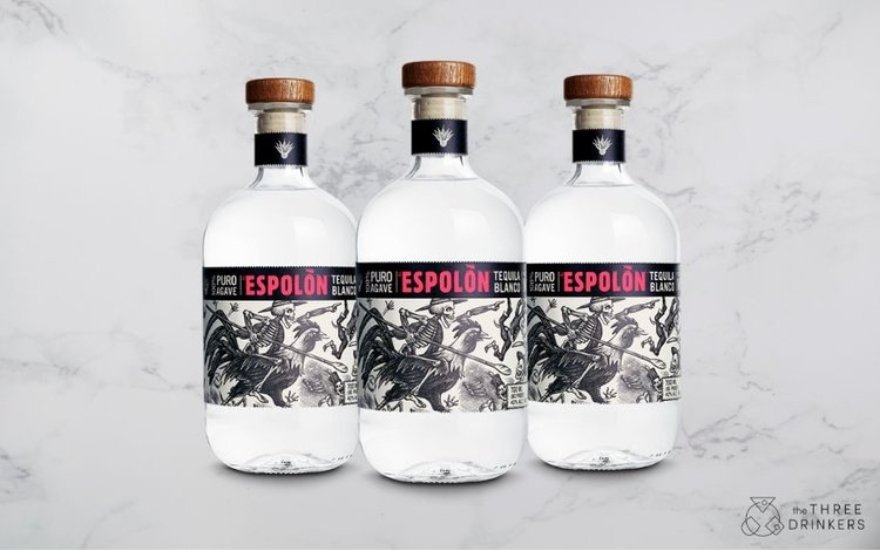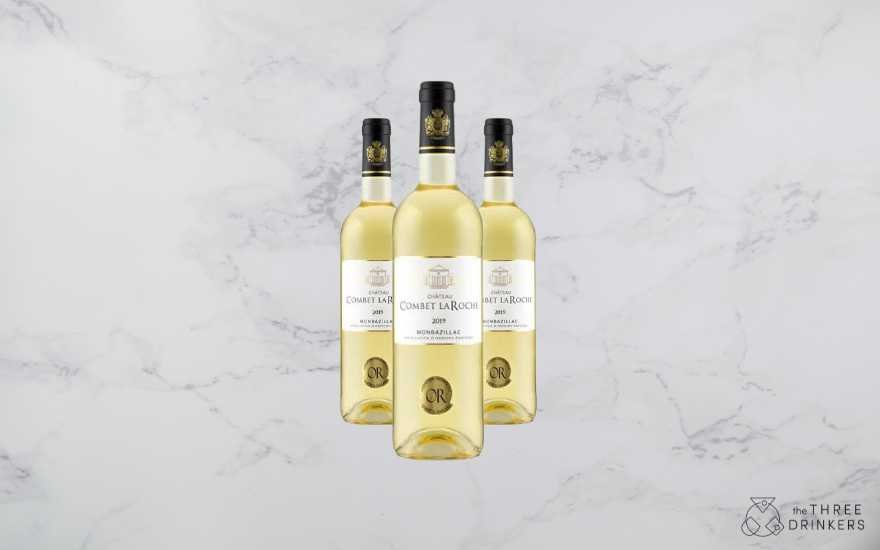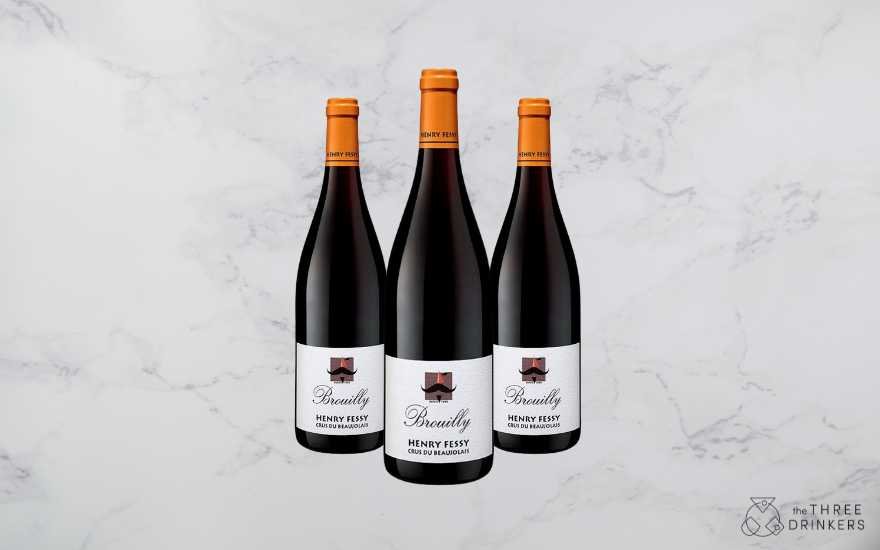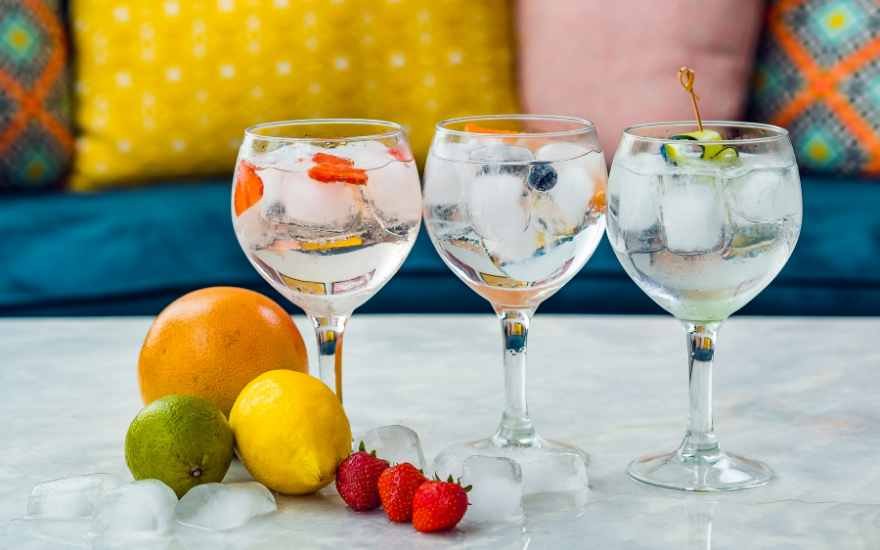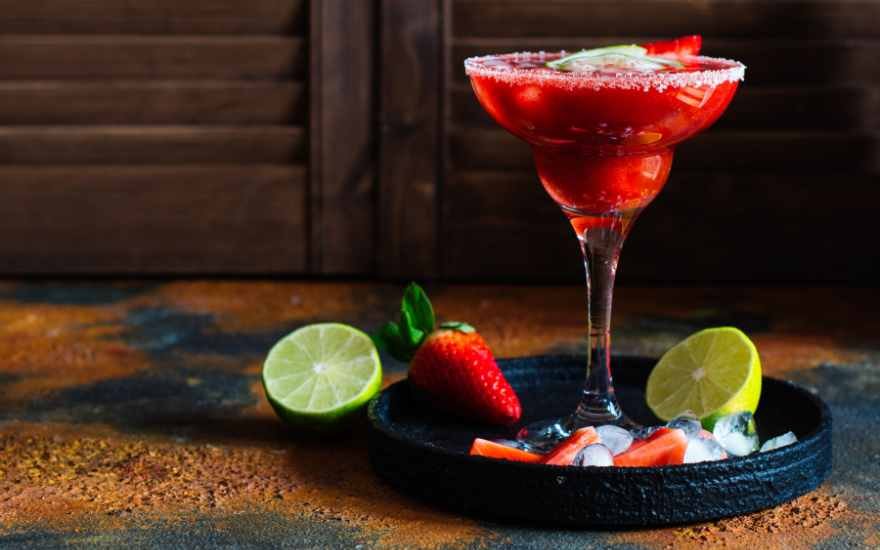There are many whiskies that aren’t American that can be found in the USA. Now that the tariff war is long gone, the UK has left the EU, and many companies have increased their distribution, there are more whiskies than ever being offered to the US market from the traditional markets, such as Scotland, Ireland and Japan.
The following whiskies are some of my favourites which reach the US and don’t cost the earth. In the US there is the advantage of a larger bottle, and taxes aren’t quite so high, so there is great value to be had. So, with that said, let me introduce 8 bottles you are sure to love.
Mortlach 12 Year Old
The beast of Dufftown, Mortlach is one of the best sherry led whiskies in Speyside. It is big, oily and rich, but also has great finesse and depth of flavour with sweet honey and dates, with lots of fruit cake flavours and touches of spice, oak and chocolate. This is the most expensive whisky on my list, and it’s worth it. It’s great for gifting with its smart new branding brought in a few years ago. It is a decadent whisky which I would serve by itself, with a little water, or if you wanted a superior old fashioned, this single malt whisky would do the trick.
Size: 750ml
ABV: 43.4%
Find it here: $53.99
Nikka Days
Japanese whisky prices seem to have gone through the roof lately, especially for single malts. However, the blended whiskies from Japan can be excellent as well. One has to be slightly careful in Japan with blended whisky as quite a lot of it is in fact Scotch! This one however is all Japanese with Coffey Grain, un-peated Miyagikyo single malt, Coffey malt and a touch of Yioichi malt, this is a complex and delicious blended whisky. There are sweet notes and bright floral notes mixing with fruits, vanilla and caramel giving a long finish. Like many things Japanese, this has precision and elegance.
Size: 750ml
ABV: 40%
Find it here: $49.99
Tullibardine Artisan
This whisky is simply incredible value. Back in the 1980’s a single malt Scotch would have cost around $25, and this is the price of this single malt Scotch today! Matured exclusively in ex-Bourbon barrels, it is sweet and unctuous with honey, vanilla fudge and digestive biscuits. Whisky Advocate Magazine in the US rated this whisky a best buy at 91 point. If you wanted to try malt whisky from Scotland for the 1st time, I’d recommend this one.
Size: 750ml
ABV: 40%
Find it here: $24.99
Speyburn Arranta
This single malt like the Tullibardine, uses ex-Bourbon barrels, but in this case they are all 1st fill barrels, meaning that no Scotch has been in them before this filling which gives them an extra sweetness and depth of flavour. This whisky also has a touch of spice and lots of orchard fruits giving it plenty of character but keeping it all smooth and easy to drink. For me this is best over ice on a hot day, or even with soda making a highball. It’s got enough oomph to handle being diluted yet still providing plenty of flavour.
Size: 750ml
ABV: 46%
Find it here: $44.99
Glenmorangie X
This expression from Glenmorangie has been made purely with mixing in mind. There is plenty of rich sweetness, but also spice and rich oaky flavours, It’ll make a great highball, but is best in cocktails like a whisky sour. It mixes extremely well with cola, especially diet cola as the sweetness in the whisky can really shine through and isn’t competing with a naturally sugary drink. My favourite way to drink it is simply with lots of ice, soda and a dash of lemon juice and bitters
Size: 750ml
ABV: 40%
Find it here: $39.99
Ballantine’s 12
This is one of the world’s best blends. If you are used to drinking Ballantine’s Finest, this will be a little different, Finest is lighter and more floral in nature, whilst Ballantine’s 12 year old is richer and has more honey, caramel and toffee notes. There is a touch of spice to keep things interesting, but ultimately this is a smooth easy sipping blended Scotch. With the youngest whisky in the bottle being 12 years old, there are older whiskies in the blend giving further depth and pleasure.
Size: 750ml
ABV: 40%
Find it here: $37.99
Glenfarclas 12 Year Old
This is the quintessential sherry matured Speyside single malt scotch. There are lots of Christmas cake flavours of raisins, currants, dates and apricots with complex spices including nutmeg, cinnamon and anise. There are sweeter toffee flavours and orange marmalade as well. A touch over 40% abv gives the flavours that little extra boost and the finish lasts for ages. If you’re feeling decadent, this makes the perfect Old Fashioned especially if you make one the traditional way with a cube of brown sugar rather than syrup.
Size: 750ml
ABV: 43%
Find it here: $50.99
Jameson Black Barrel
Last and by no means least, I have an Irish whisky. If you’re used to Jameson’s regular whisky, this is a good step up and you’ll find it hard to go back! The barrels used to mature this spirit have had extra charring which concentrates the flavours giving extra richness and smoothness which also comes from a triple distillation process which is different from Scotch’s double distillation. There is lots of vanilla sweetness and caramel with orchard fruits, a touch of tropical banana typical of Irish whisky, and warming spices. Don’t wait for a winter fireside with this one, it’s fabulous on the rocks in the evening sun.
Size: 750ml
ABV: 40%
Find it here: $42.99
All the above I have enjoyed many times over the years, and they have never disappointed. They have even kept my bank balance happy. I love sharing these with whisky lovers and those new to whisky alike and they have changed many people’s minds over the quality of blends over single malts and that Japanese whisky doesn’t have to break the bank. Find a flavour profile you like the look of, sit back and enjoy the rest of the summer.
Words by Colin Hampden-White


